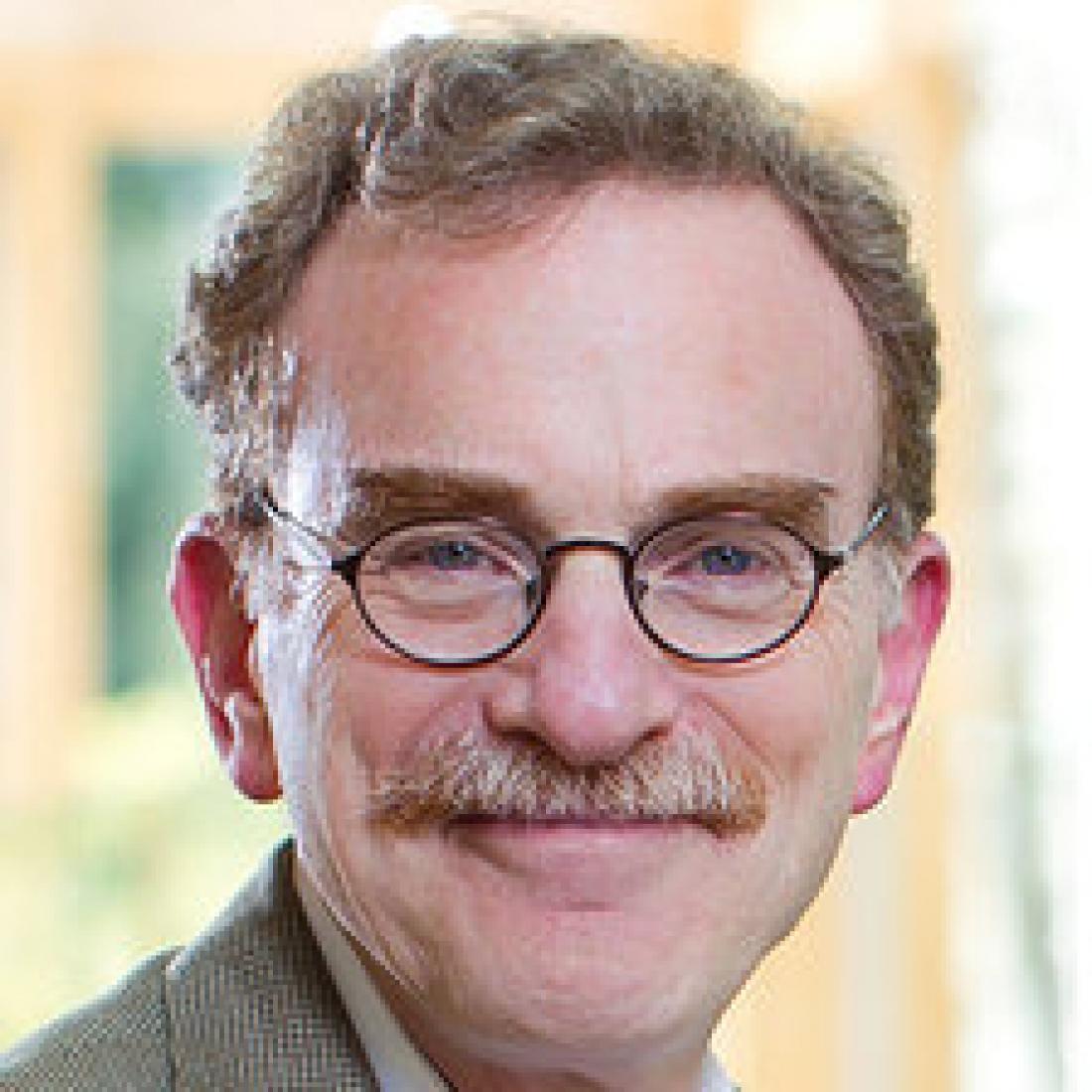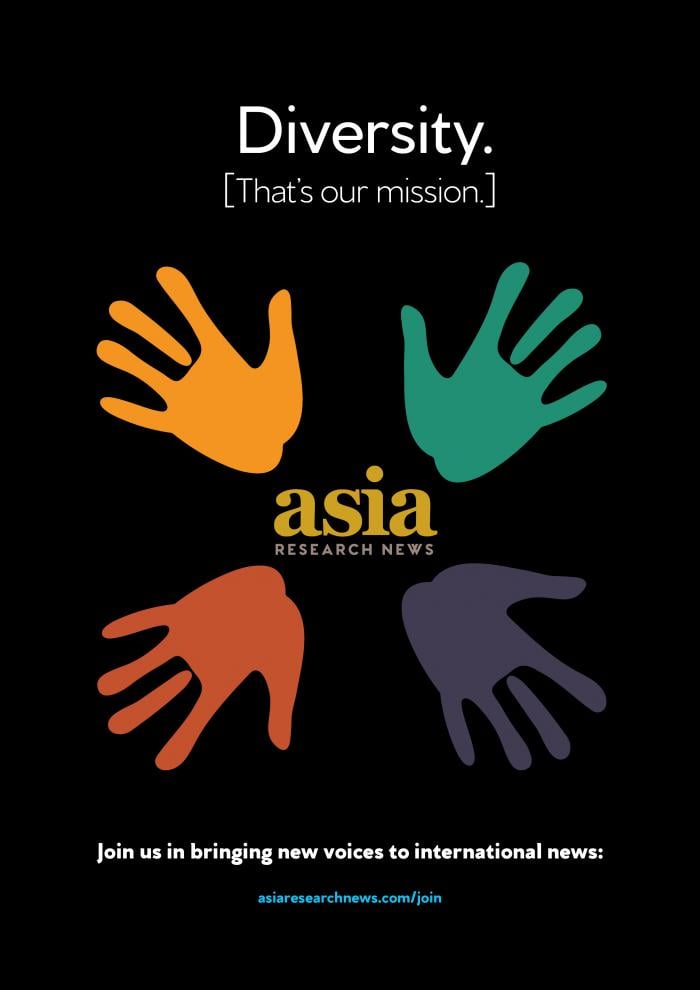Randy Schekman, 68, Nobel Prize in Physiology of Medicine (2013)
That is the view of Professor Randy Schekman, an American cell biologist who shared the Nobel Prize in Physiology or Medicine in 2013 with two other scientists for their discoveries of how cargo such as protein molecules are transported within and outside cells.
In an interview ahead of the Global Young Scientists Summit 2018, which will be held in Singapore from January 21 to 26, Prof Schekman said: “After all, most of the work that scientists do in their laboratories, whether it is in Singapore or the United States, is funded publicly.
“It is a peculiar situation when commercial science journals can not only ask investigators to pay for the privilege of sending in their work, but also charge universities and others for the privilege of accessing work that was publicly funded.”
He added that such an arrangement is unfair to citizens, and dissuades public interest in science: “Let’s say you read in the newspapers a discovery about cancer, and want to find out more. When you go a journal like Nature, you can’t read the paper about the discovery unless you pay a fee, when you’ve already paid for the work itself as a taxpayer.
“Open-access journals, where the author simply pays once and says, ‘here’s my work, read it, whoever you are and wherever you are’, just makes so much sense to me.”
Furthermore, governments, universities and other organisations should consider evaluating scientists beyond where their work is published, as the pressure to publish in elite journals such as the Nature, Cell, and Science journals is encouraging researchers to cut corners and pursue trendy fields over more important work, he said.
He elaborated: “At many of these commercial journals, the decisions about what gets published are made by professional editors. They are in the business of selling magazines, so they are naturally interested in generating buzz, rather than in what may be important 10 years down the road.”
Research organisations’ fixation with journals’ impact factor is not useful to science, he added. This factor is a number that reflects the average number of times papers in the particular journal have been cited over the previous two years, and is used as a proxy for the journal’s quality.
Many organisations base their hiring, promotion and funding decisions on whether the scientist has published papers in journals with high impact factors.
“As a journal’s score is an average, it says little about the quality of any individual piece of research. Furthermore, citation is sometimes, but not always, linked to quality. A paper can become highly cited because it is good science, or because it is eye-catching, provocative or wrong,” Prof Schekman wrote in a column in The Guardian newspaper in 2013.
Conversely, important research may not garner many citations, especially at first. Prof Schekman gave the example of Professor Yoshinori Ohsumi, a Japanese cell biologist who won the Nobel Prize in Physiology or Medicine in 2016 for his work with yeast that explained how cells destroy and recycle their components, in a process called autophagy.
“Two of his earliest papers on the subject were not cited very often in the first few years after they were published, even though they were clearly important. The citations only accelerated dramatically later, after scientists found the same genes responsible for the process in mammals,” Prof Schekman said.
This is why it is important for governments, universities and other organisations to base their decisions on the quality of the scientists’ work instead, he added.
Putting his money where his mouth is, Prof Schekman, who is a Professor of Cell and Developmental Biology in the University of California, Berkeley, in the United States, announced in 2013 that his laboratory would no longer submit papers to the Nature, Cell and Science journals.
He also helped to establish an open-access, online journal that focuses on life sciences and biomedicine, called eLife, in 2012. He was its founding editor-in-chief and continues to hold that position. He was also previously editor-in-chief of the Proceedings of the National Academy of Sciences journal, where he banned discussion of the impact factor.
He said: “I think the bottom line is, you have to read research papers to judge their quality. People who are knowledgeable about the work should evaluate it regardless of where it is published, and scholars around the world should be consulted. We must break the tyranny of the luxury journals. Research will be the better for it.”
Biography
In 2013, Professor Randy Schekman shared the Nobel Prize in Physiology or Medicine with two other scientists for their work in discovering how cells organise their transport system.
The cells in our bodies produce different molecules that are sent to specific sites, and many of these molecules are grouped together in tiny sac-like structures called vesicles during their transport.
These vesicles shuttle their cargo between organelles in the cell, or fuse with the outer membrane of the cell to release the cargo to the outside.
In the 1970s, Prof Schekman discovered a set of genes that are required for the vesicles’ transport. He had studied yeast cells with defective transport machinery, found the mutated genes that were responsible, and then identified three classes of genes that control different aspects of the transport system.
“Vesicle transport and fusion operate, with the same general principles, in organisms as different as yeast and man. The system is critical for a variety of physiological processes in which vesicle fusion must be controlled, ranging from signalling in the brain to the release of hormones and immune cytokines,” the Nobel Assembly said in its citation.
Prof Schekman’s work also paved the way for using yeast to study human diseases that are related to problems with protein transport in cells, such as diabetes and haemophilia.
His laboratory at the University of California, Berkeley, in the United States is now studying a novel aspect of the transport process. “It turns out that the little carriers that convey things inside the cell and deliver things for export can also be expelled outside of the cell,” he said.
He elaborated: ““These extracellular vessels carry small nucleic acids, specifically RNA molecules, and there is some evidence that they can deliver information to target tissues and, by introducing nucleic acids from one cell to another, trigger changes by turning genes on and off in the target cells. This can aid in development but may also be involved in cancer.
“There is some evidence that the carriers may cause the target tissue to become a niche for a primary tumour cell, thus creating a happy home for the tumour to metastasise. There’s a great deal of interest now in trying to understand this process, and, if it is true, to control it.”
He added that events such as the Global Young Scientists Summit can help to foster collaborations among scientists, encourage young scientists and spark public interest in science.
Asked what advice he would give to young scientists or people interested in science, he said: “For me, the most important thing was to do independent projects myself. That type of personal, private exploration, not limited to a course or rote memorisation, is the most important thing for someone who has an interest in science.”



